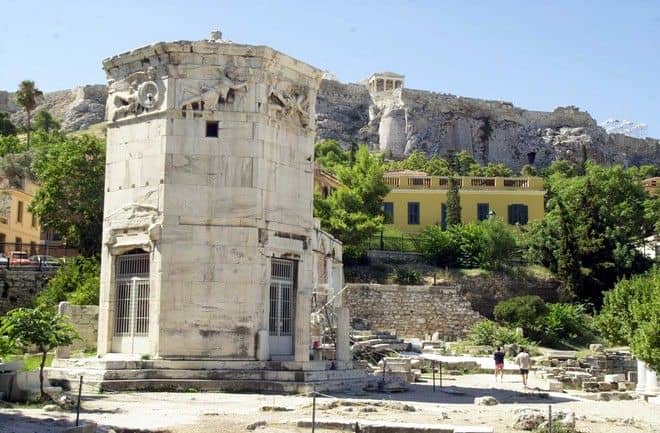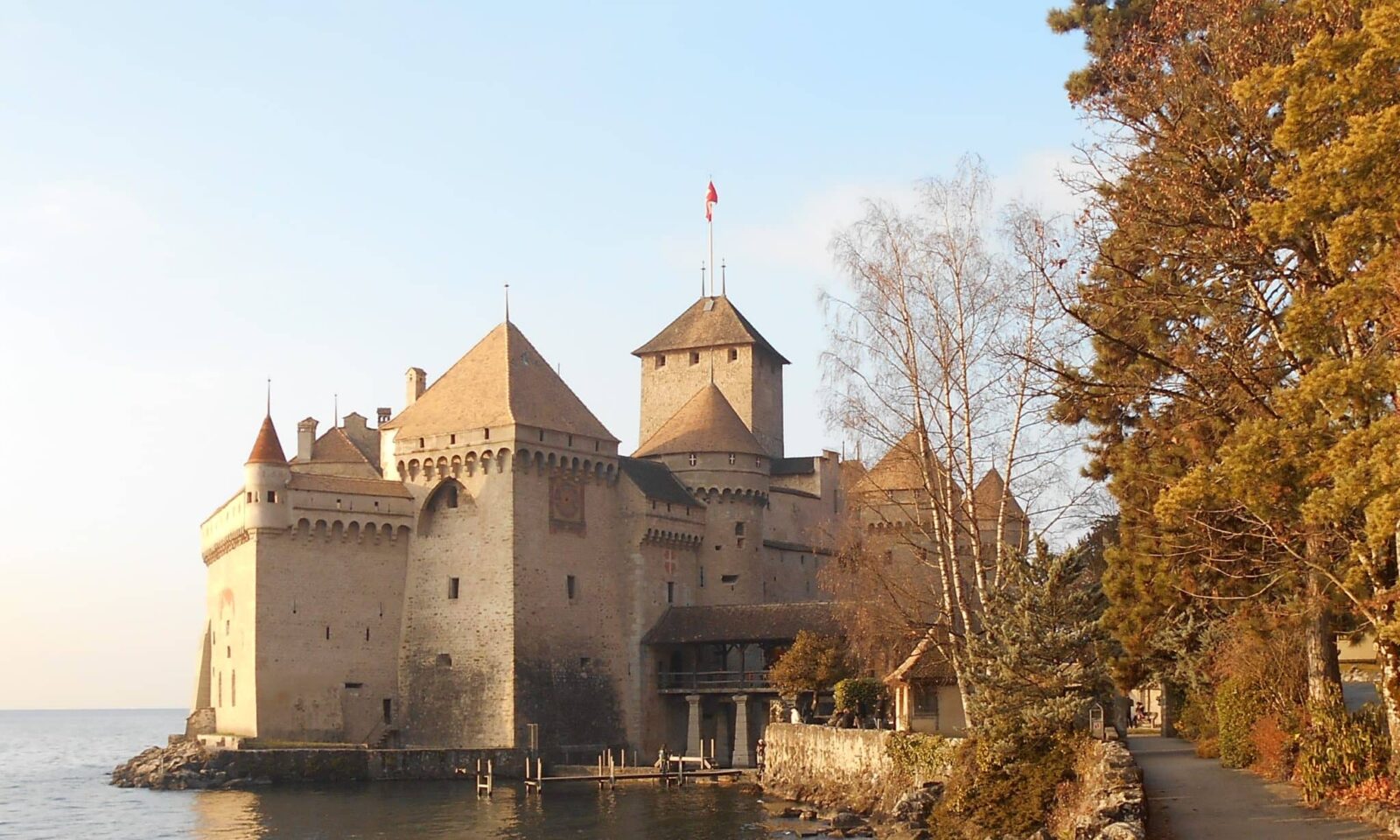
Introduction
Ernesto Tsiller stands out as one of the most influential Philhellene architects in Greece, whose dedication and passion for Greek culture left a lasting mark on the nation’s architectural landscape. Born outside Greece but deeply connected to its heritage, Tsiller’s work bridged cultures and brought innovative designs to the rapidly evolving Greek cities of the 19th and early 20th centuries. This article explores his life, legacy, and the enduring influence of Philhellene architects in Greece.
Who Was Ernesto Tsiller?
Ernesto Tsiller was an architect of Austrian descent who embraced Greek culture wholeheartedly. As a committed Philhellene, a term describing foreigners who admired and supported Greek independence and culture, Tsiller made Greece his home and devoted his career to enhancing the country’s urban aesthetics. His architectural style combined European modernity with classical Greek elements, producing works that remain relevant and admired today.
The role of Philhellene architects like Tsiller was crucial during a period when Greece was rebuilding its identity following centuries of Ottoman rule. These architects not only contributed technically but also symbolically, representing solidarity and respect toward Greek heritage.
Contributions to Greek Architecture
Tsiller’s architectural portfolio includes significant public buildings, residential projects, and urban planning initiatives primarily in Athens and other Greek cities. His designs reflected a harmonious blend of neoclassicism and emerging modern styles, often incorporating local materials and motifs.
One of his noteworthy projects was the design of public institutions that facilitated Greece’s modernization. According to The Hellenic Ministry of Culture and Sports, architects like Tsiller played a fundamental role in shaping Greece’s national identity during this transformative era.
Philhellene Architects in Greece: Bridging Cultures
The legacy of Philhellene architects in Greece is not limited to Tsiller alone. Many foreign architects came to Greece inspired by its ancient history and natural beauty, contributing to the country’s architectural renaissance. These architects brought new techniques, styles, and perspectives, blending them with the rich classical heritage that Greece proudly preserves.
This cultural exchange enriched Greek architecture, making it a unique fusion of old and new. Philhellene architects helped introduce urban planning concepts and building technologies that accelerated Greece’s development into a modern European state.
The Historical Context: Greece in Transition
The 19th century was a time of national rebirth for Greece. Following the Greek War of Independence (1821-1830), the new state faced the immense challenge of reconstructing its cities and institutions. Philhellenes like Tsiller played an important role in this process by providing expertise and fostering cultural ties between Greece and Europe.
Greece’s capital, Athens, became a canvas for architectural experimentation and renewal. Efforts to create a capital worthy of its classical heritage attracted international talent, and Tsiller’s contributions were part of this ambitious endeavor.
Legacy and Influence Today
Today, the work of Philhellene architects in Greece, including Ernesto Tsiller, is recognized as a key chapter in Greek architectural history. Their buildings and urban designs continue to serve as functional spaces and cultural symbols.
Institutions like the Technical Chamber of Greece emphasize the importance of preserving these architectural treasures. Tsiller’s influence persists in the balance he achieved between respecting Greek tradition and embracing modernity.
Conclusion
Ernesto Tsiller embodies the spirit of Philhellene architects in Greece—dedicated, passionate, and visionary. His legacy is not only in stone and mortar but also in the cultural bridge he built between Greece and Europe. Understanding his contributions helps us appreciate the complex history and diverse influences that shaped modern Greek architecture.
Frequently Asked Questions (FAQ)
Q1: What does “Philhellene” mean in the context of architecture?
A1: “Philhellene” refers to foreigners who admired Greek culture and supported its independence. In architecture, Philhellene architects contributed designs that honored Greek heritage while introducing modern European styles.
Q2: Why was Ernesto Tsiller important for Greek architecture?
A2: Tsiller was crucial in blending neoclassical Greek styles with modern European influences, helping Greece transition into a modern nation while preserving its cultural identity.
Q3: Are there other notable Philhellene architects in Greece?
A3: Yes, many foreign architects were inspired by Greece’s heritage and worked here, bringing new ideas that shaped Greek urban development and architectural styles.
Q4: How did Philhellene architects influence urban planning in Greece?
A4: They introduced modern urban planning concepts, improving city infrastructure and integrating aesthetics with functionality, crucial for cities like Athens.
Q5: Where can I learn more about Greece’s architectural heritage?
A5: Trusted sources include the Hellenic Ministry of Culture and Sports and the Technical Chamber of Greece, which provide detailed information on Greece’s architectural history.






